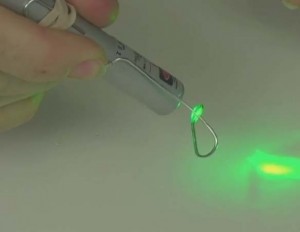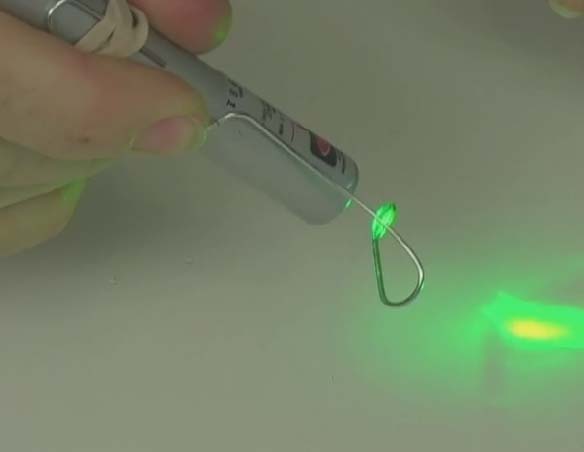 Did you know that you can use a laser to see tiny paramecia in pond water? We’re going to build a simple laser microscope that will shine through a single drop of water and project shadows on a wall or ceiling for us to study.
Did you know that you can use a laser to see tiny paramecia in pond water? We’re going to build a simple laser microscope that will shine through a single drop of water and project shadows on a wall or ceiling for us to study.
Please login or register to read the rest of this content.


The goal is to notice the fine detail in the whiskers.
What specifically are we looking for on Abraham Lincolns neck?
If the material is transparent enough, yes the laser light will be able to pass through. Some materials will block the laser light, others will allow it to pass through.
so does that mean no because if the laser bright it can still pass trough
You need the light to pass through the medium in order to pick up the “shadows” that appear on the wall. Does that help?
can the laser microscope see solids not just liquids
I never realized it before, but I actually don’t just have that experiment by itself in the e-Science program! I will post it in Unit 9, but in the meantime, it’s part-way through the teleclass in Unit 9 on light and lasers (the first video near the top, Unit 9 Module 1).
Hi
When we watched your free webinar marine biology class you did an experiment with a laser microscope of pond water, well we finally got our lasers and I’m trying to find that experiment to know who to make the paper clip.
Thanks,
Ciera